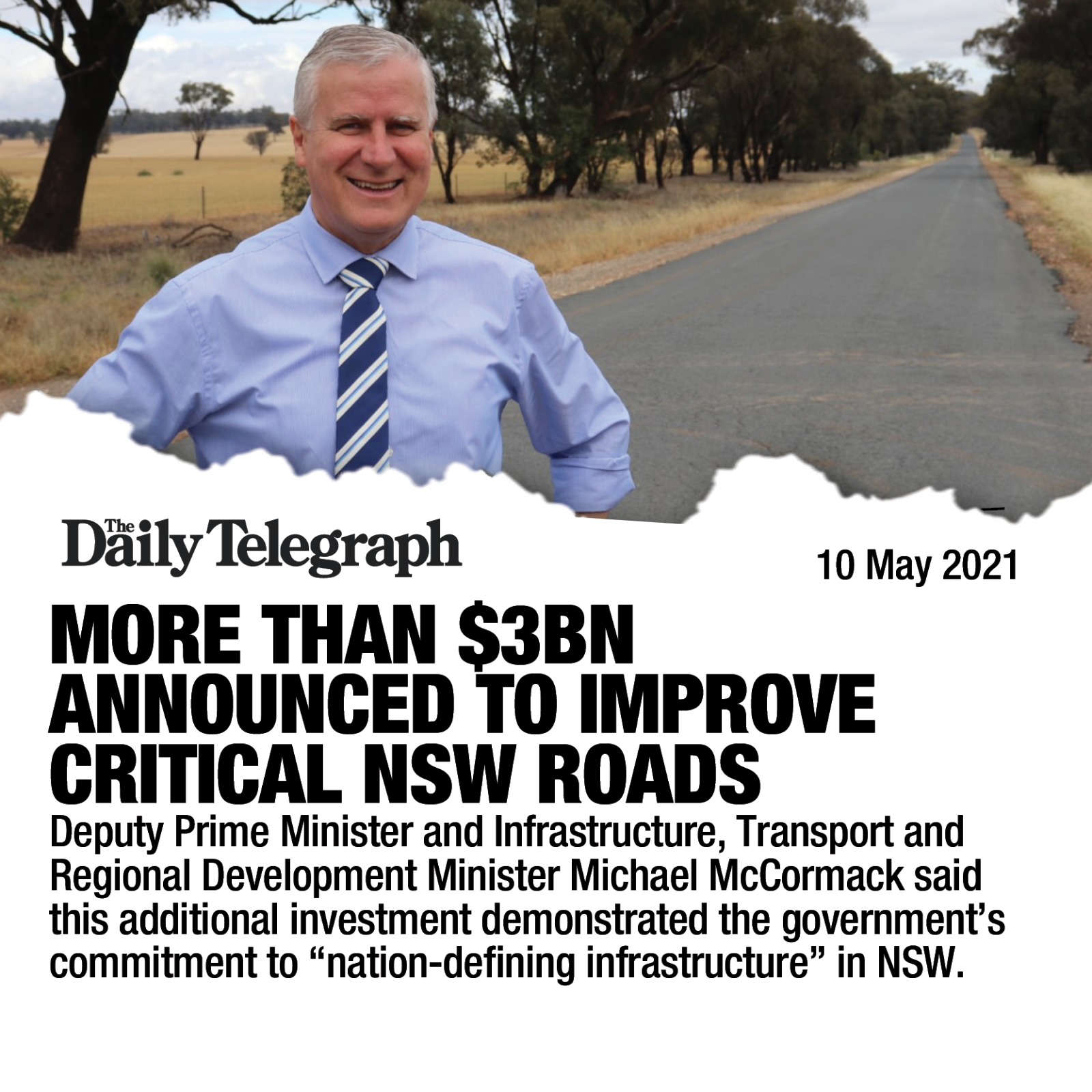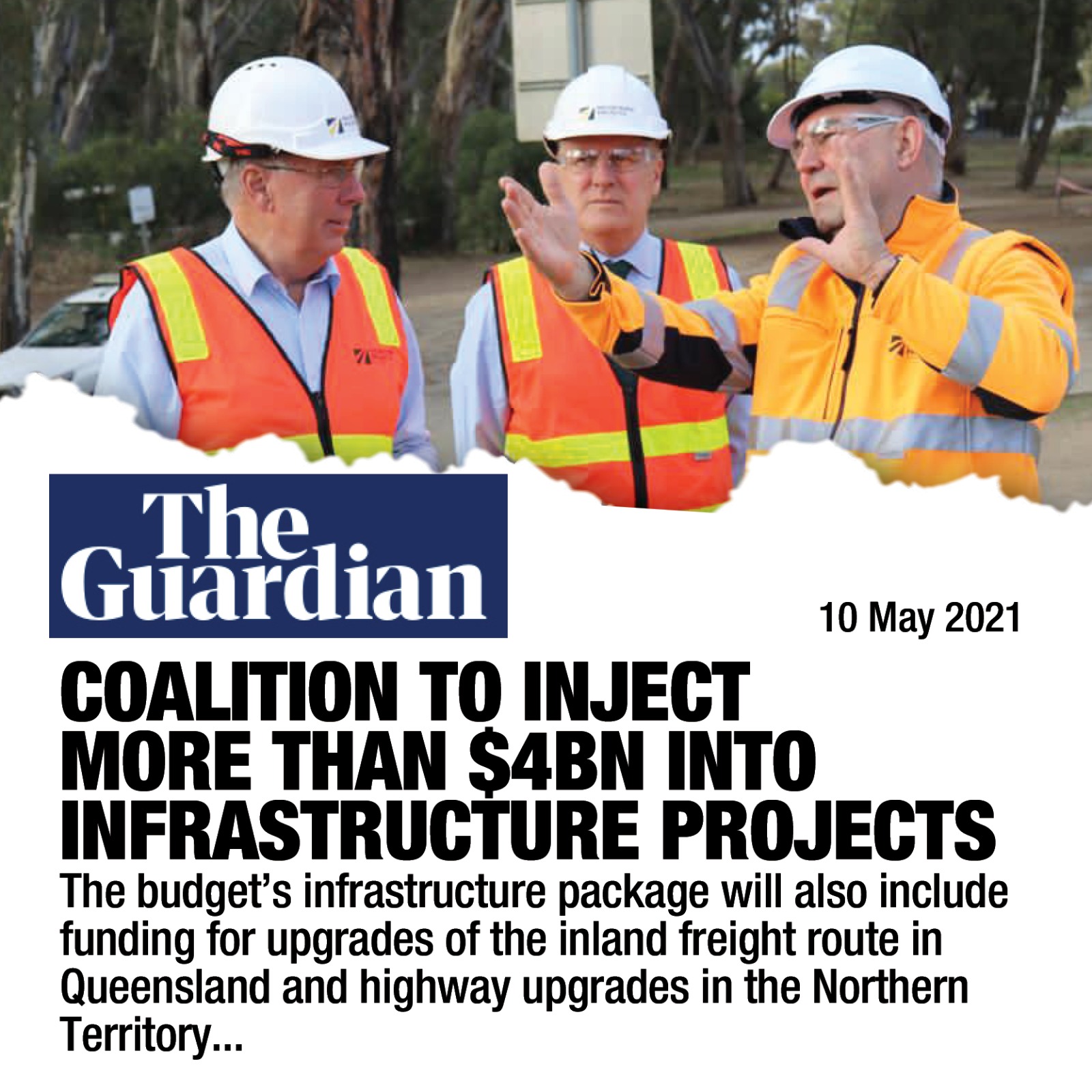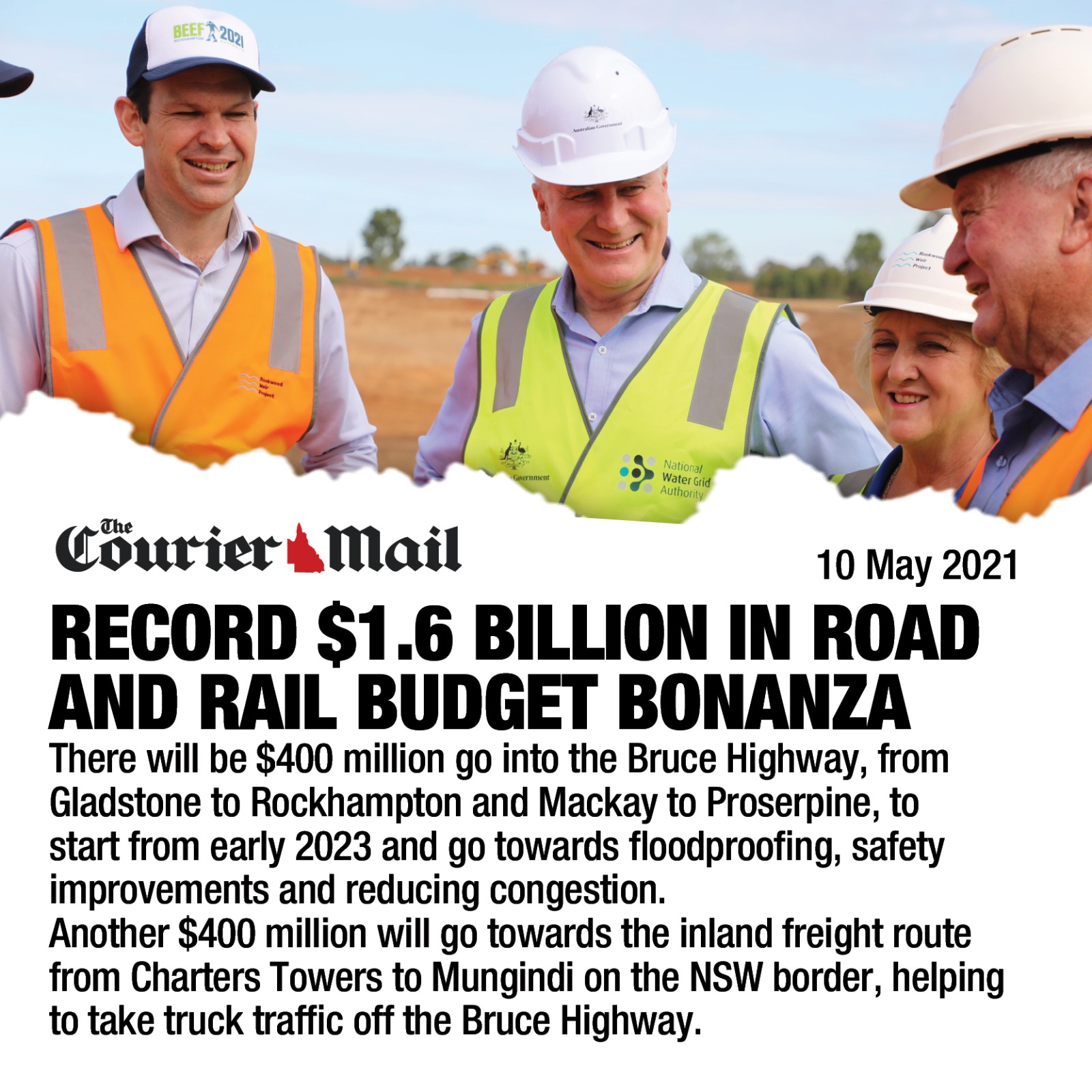
The 2021 Budget is part of The Nationals plan to secure the future of regional communities.
Our plan will help boost our economic recovery, create local jobs and keep our local communities safe.
The Nationals have fought hard to secure extra support for regional Australians in this Budget.
We know that now is the time to create jobs and stimulate growth and provide a better quality of life for people in the regions.
Want to read the Budget 2021 documents? Click here.
ECONOMIC RECOVERY
In March 2020, there were 13 million Australians employed. Over the next two months, around 900,000 Australians lost their job.
By March 2021, there were 13.1 million Australians employed – 74,000 more than pre-COVID.
Australia was the first advanced economy to have move people employed than pre-COVID.
Last year, Australia’s economy contracted by 2.5% – compared to 5% for Canada and Japan and over 8% for the UK, France and Italy.
Housing starts are at the highest level in 20 years and consumer sentiment at its highest in 11 years.
There’s more to be done, but our plan is working.
TAX RELIEF
Over 10 million low and middle-income earners are getting new and additional tax relief this year – up to $1,080 for individuals or $2,160 for couples.
This rewards hard work and generates activity, which in turn helps local businesses and creates jobs.
DELIVERING LOCAL INFRASTRUCTURE
The Liberal and Nationals Government is delivering a further round of the Local Roads and Community Infrastructure program, with an additional $1 billion in to fund further priority projects throughout Australia and delivering an additional 9,000 jobs in regional communities across Australia to get you home quicker and safer.
And we’re delivering round 6 of the Building Better Regions Fund, supporting regional and remote communities by funding shovel-ready infrastructure projects up to the value of $10 million.
REGIONAL COMMUNICATIONS
Digital connectivity in the bush drives economic growth for the nation, which is why we’re delivering a further $105.8 million for Round 2 of the Regional Connectivity Program – $45.6 million for northern Australia.
INVESTMENT FOR JOBS
Over 99% of businesses, many in regional Australia, employing 11 million workers, can write off the full value of eligible assets purchased.
For example, this encourages a tradie or farmer to buy a vehicle, harvester or a manufacturer to expand their production line.
These incentives will further fill our nation’s order books, and generate opportunities for small businesses, to buy, sell, deliver, install and maintain these assets.
The Budget also includes substantial measures to encourage more R&D and onshore manufacturing.
SUPPORTING CHILDCARE
The Government will increase the Childcare Subsidy for families with more than one child up to five in childcare.
This will benefit around 250,000 families.
The Government will also remove the $10,560 cap on the Childcare Subsidy.
MORE AGED CARE FOR THE REGIONS
Ageing Australians who live in regional areas deserve aged care nearer to their loved ones. That’s why a further $17.7 billion is being committed to significantly improve the aged care system.
This includes another 80,000 new home care packages (bringing the total to 275,000).
It also includes supporting 33,000 new training places for personal carers, higher payments for residential care, upgrading care in regional areas and stronger regulation and $630.2m to improve access to quality aged care services for regional Australians.
HEALTH AND MENTAL HEALTH
The Liberal and Nationals Government has committed $1.9 billion expand the vaccine rollout, including prioritising remote communities of less than 5,000 people
The Budget includes record funding for hospitals, Medicare, mental health, aged care and the NDIS and $65.8 million to increase the Rural Bulk Billing Incentive, so doctors are incentivised to stay in our growing regions
It includes new medicines listed on the Pharmaceutical Benefits Scheme to treat breast cancer, lung cancer, severe osteoporosis, severe asthma and chronic migraines.
Further mental health funding will provide more headspace centres, a new network of 40 Head to Health centres and more services through Medicare.
BUILDING THE ROADS OF AUSTRALIA
The Liberal and National Government is continuing its record investment in infrastructure, especially in regional Australia. Our 10-year, $110 billion infrastructure pipeline will see a boom in regional construction – sealing roads and improving safety for freight and families with $1 billion for the Road Safety Program.
The Budget also includes further investment in dams and irrigation projects and technologies to reduce greenhouse emissions, like clean hydrogen and energy storage.
WOMEN’S SAFETY
This Budget invests a further $1.1 billion in women’s safety, including: more emergency accommodation; more legal assistance; more counselling; and more financial support for those escaping abusive relationships.
KEEPING AUSTRALIANS SAFE
The Government is also providing an additional
$1.9 billion over the decade to strengthen our national security, law enforcement and intelligence agencies.
To be prepared for a world that is less stable and more contested, the Government is also investing $270 billion over 10 years in our defence capability.
SECURING AGRICULTURE
The Liberal and National Government is securing Australia’s recovery with by protecting and improving our regional environment with a National Soil Strategy and Action Plan which will assess the impact of land management on soil conditions, and boosting on-farm biodiversity with $32.1 million to support growers and producers.
And we’re delivering a better deal for famers and our regions by delivering $96.9 million to protect our agriculture industry from pests that can devastate our local producers.



Deputy Prime Minister Michael McCormack spoke to the media on Monday 10 May 2021 about The Nationals plan to boost our economic recovery, create jobs and secure the future of regional communities.
You can read the transcripts of the interviews below:
